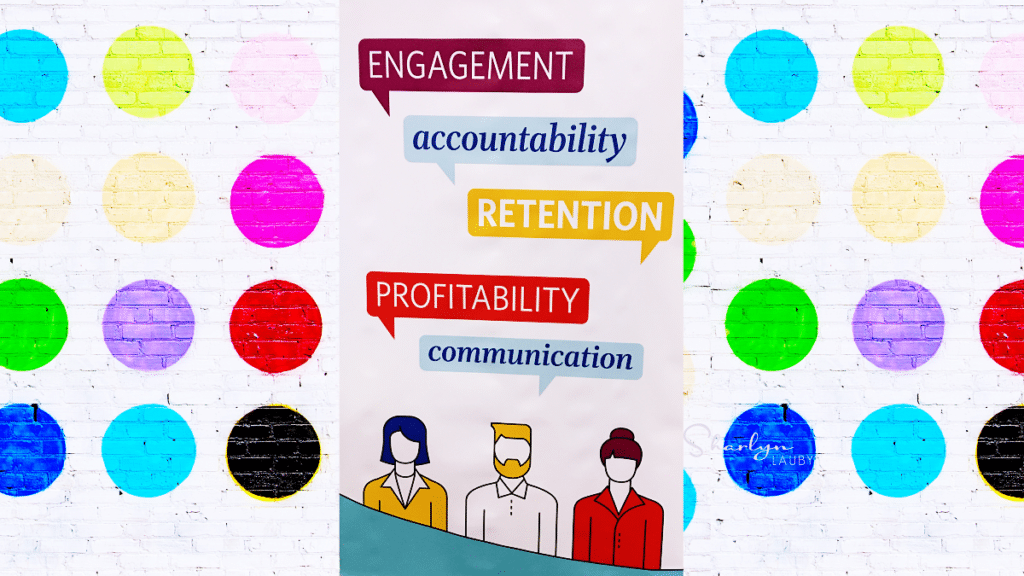8 Recruiting Actions that Organizations Need To Be Effective
Estimated reading time: 4 minutes
Recruiting is top of mind in organizations right now. And it will remain that way for quite some time. The U.S. jobs report for February saw the biggest monthly gain since July 2021 and unemployment dropped to 3.8%. This means that recruiting functions need to work effectively and efficiently if they want to hire the best employees.
At last year’s Society for Human Resource Management (SHRM) Talent Conference, I listened to a panel of talent acquisition professionals talk about where they saw trends in recruiting. Here are my takeaways from their discussion, which are still very applicable today.
- Make sure you know recruiting basics. Yes, there are a lot of new sources and technologies to help recruiters work faster and better. I’m not saying don’t try them. But those sources and technologies will be of greater assistance when you know the foundation. As part of understanding the basics, maybe it’s time to reevaluate recruiting procedures and eliminate outdated processes.
- Know the trends but don’t dismiss old school tactics. Similar to #1, there are some aspects of recruiting that remain effective – like networking. One of the speakers reminded us that “pick up the damn phone” still works as a recruiting strategy. As you’re putting together your plans to find talent, don’t forget some of those decade old tactics. They’re still effective.
- Have a compensation strategy. There’s a growing conversation right now about location-based pay. Organizations need to figure out their compensation strategy and be able to communicate it to candidates. In addition, if the company is doing sign-on or referral bonuses, they need to clearly understand the purpose of the program, be able to communicate it, and measure results. (P.S. Sign-on and referral bonuses should not be viewed as basic pay.)
- Understand the organization’s core competencies. Years ago, I worked for a company that had a handful of core competencies they wanted in every employee when recruiting. Examples included ethics, communication skills, etc. Then there were technical competencies related to the specific job. Organizations might find it helpful to identify the core competencies they want to see in every candidate.
- Refocus diversity hiring. The panel talked about how organizations have openly made commitments to improve diversity, equity, inclusion, and belonging (DEIB). They also pointed out that it’s time to move from talk to action. That action step might look different in each company, but it needs to happen.
- Talk about bias. Organizations need to discuss bias in terms of diversity and inclusion (#5). But organizations also need to talk about biases like candidates who wear jeans to interviews, have visible tattoos, and are sporting blue hair. These are just examples, but you get my point. Organizations are missing out on great employees just because they can’t get past a nose ring.
- Partner with marketing. One of the ideas I heard during the panel was to talk with marketing about having an employment branding specialist on their team. I love this and there are several advantages. Employment branding might not be a full-time responsibility right now so it allows organizations to dedicate a few resources (versus zero). It also could help ensure the consumer brand and employment brand are in alignment.
- Use data to tell stories. We can use technology tools to improve the recruiting process and to help us measure the effectiveness of our programs. Technology can help us gather data. And data tells a story. We need those stories. It helps improve processes and secure resources.
I know this is a long list of to-do’s but it’s worth the time it takes to evaluate each one. Recruiting will continue to be a challenge. Organizations with sound processes will get more applicants. Companies that focus on knowledge, skills, abilities, and competencies will hire great employees. And recruiting departments that use data to partner with the rest of the organization will get the resources they need to do more.
Image captured by Sharlyn Lauby at the SHRM Talent Conference in Chicago, IL
16